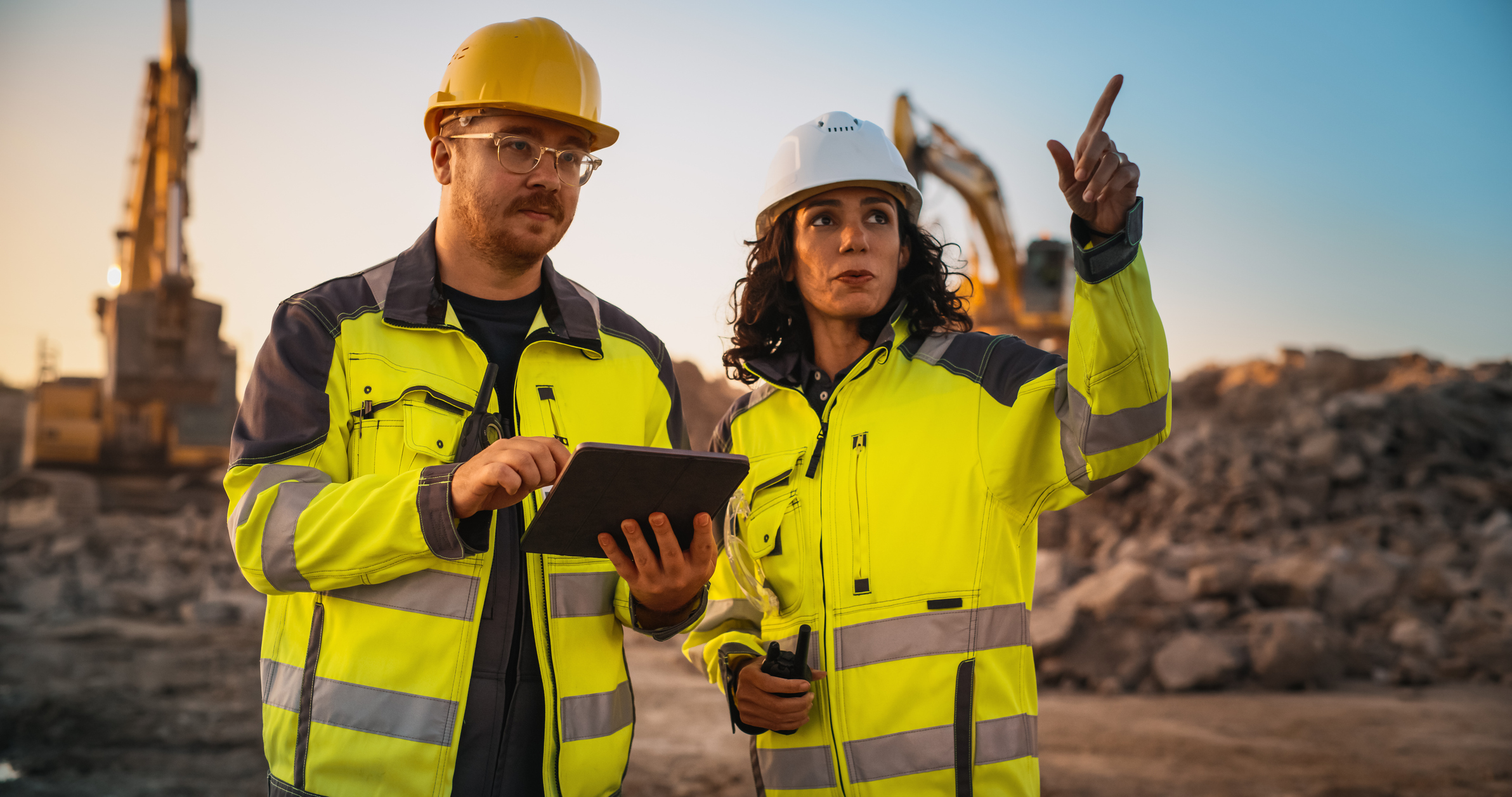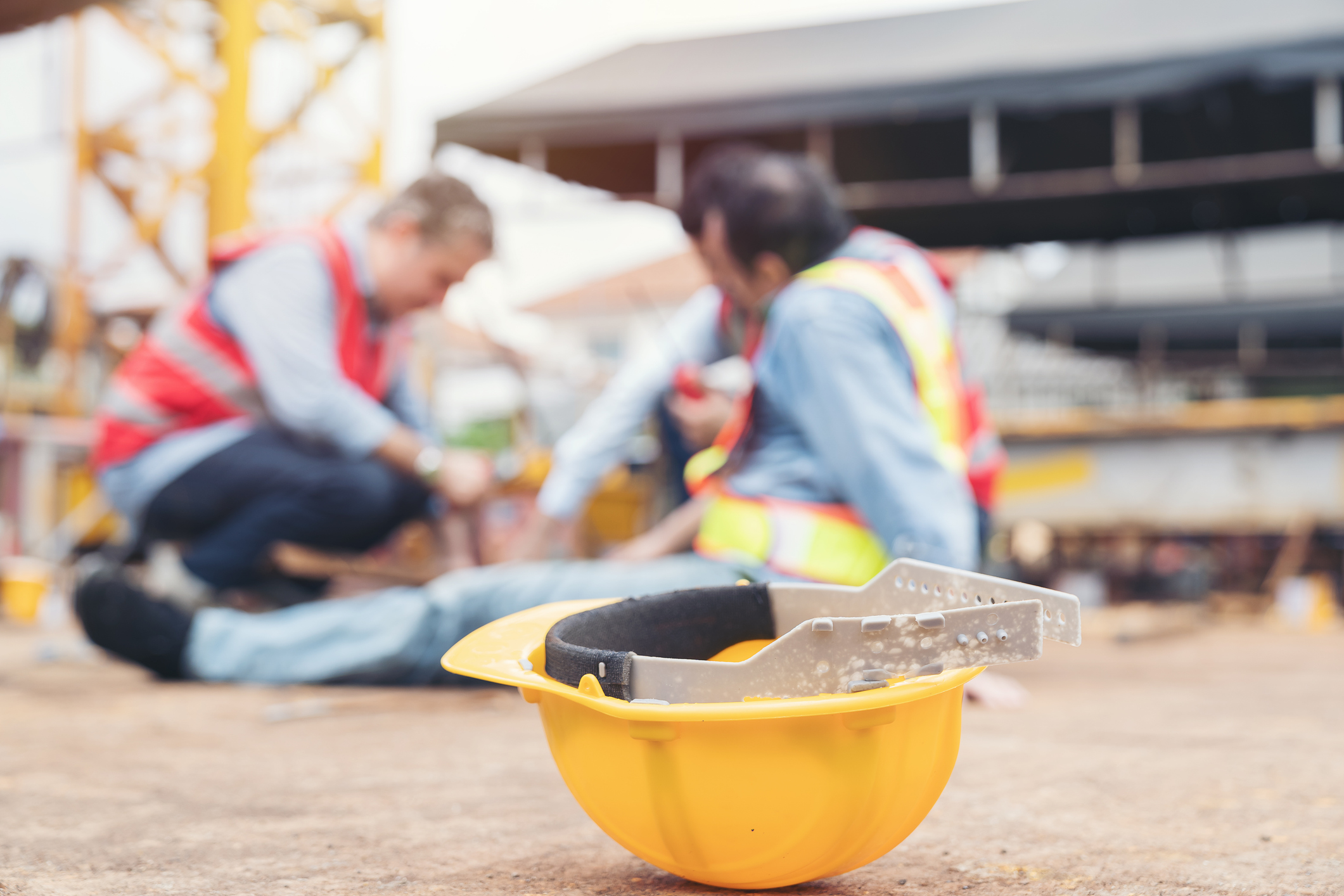Don't turn a deaf ear! SafeWork SA launches hearing loss campaign
SafeWork SA launches a proactive six-month campaign starting in April to tackle the risks associated with working in noisy environments.

Many of us have danced the night away at a loud concert - perhaps the next day your ears were ringing. But while we're quick to acknowledge the risks of blasting music on our eardrums through headphones, concerts and parties, we often overlook the equally hazardous sound impacts in our workplaces. Occupational noise-induced hearing loss is one of the most common yet preventable occupational diseases. SafeWork SA is turning up the volume on workplace safety with a new campaign targeting dangers faced by workers.
An estimated 111,000 workers predicted to experience hearing loss over 10 years
According to a recent study by Monash University, Curtin University and the University of Western Australia, under the current occupational noise exposure levels in Australia, an estimated 80,000 male workers and over 31,000 female workers would experience hearing loss over 10 years of exposure. This has a significant impact on workers' health and economical costs over time. Following affected workers up until the age of 65, the study found there is a projected loss of AUD 5.5 billion due to well-being costs, and AUD 21.3 bullion due to a loss of productivity.
An irreversible hazard, yet easily prevented
Noise exposure is identified as the most common preventable cause of occupational hearing loss, which, once acquired, is irreversible.
Long-term exposure to noise can lead to various physical symptoms, regardless of whether it causes hearing loss. These symptoms include increased blood pressure, stress, reduced concentration, insomnia, and changes in hormone, cholesterol, and stomach acid levels.
Campaign to increase awareness of noise-related risks
SafeWork SA has initiated a six-month campaign starting in April to address risks associated with working in noisy environments. The campaign aims to increase awareness of noise-related risks across various industries like manufacturing, warehousing, transport, construction, and mining.
Inspectors from SafeWork SA will conduct compliance audits to assess how noise is managed in workplaces to prevent hearing loss among workers. They will also evaluate the implementation of hearing tests, as per work health and safety regulations.
Businesses found to be non-compliant during audits will receive statutory notices.
Businesses must provide audiometric testing for workers

Research indicates that noisy environments increase the relative risk of accidents, with workers experiencing hearing loss over 15dB being three times more likely to be at risk. The Australian Work Health and Safety Strategy 2023-2033 aims to reduce the frequency of hearing loss injury claims resulting in permanent impairment by 15%.
According to the Work Health and Safety Act and Regulations 2012 (SA), businesses must provide audiometric testing for workers who frequently use personal hearing protectors due to noise exposure exceeding the standard. Testing is required within the first three months of employment and then biannually.
SafeWork SA Executive Director Glenn Farrell highlighted a potential lack of understanding among some employers regarding their obligations concerning noise levels and employee health monitoring:
"The rising trend in occupational noise induced hearing loss claims suggests that more can be done to prevent harm."
"We hope that by running this campaign, the awareness of the issue and measures to manage the risks of noise exposure will be raised and greater compliance will be observed."
Further resources
For more information on managing noise in the workplace and protecting against hearing loss, visit www.safework.sa.gov.au.
Sources
SafeWork SA launches hearing loss campaign by SafeWork SA, 17th April, 2024.
Si, S.; Lewkowski, K.; Fritschi, L.; Heyworth, J.; Liew, D.; Li, I. Productivity Burden of Occupational Noise-Induced Hearing Loss in Australia: A Life Table Modelling Study. Int. J. Environ. Res. Public Health 2020, 17, 4667.





